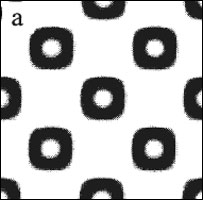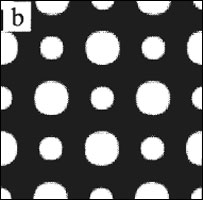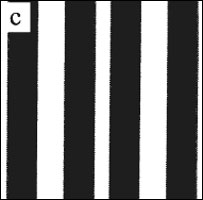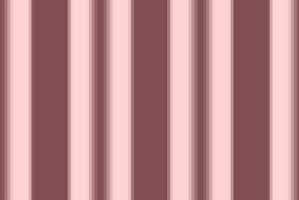 |
 |
 |
A model for cellular response to multiple chemotactic cues
The chemotactic response of a cell population to a single chemical species has been characterized experimentally for many cell types and has been extensively studied from a modelling viewpoint (see publications 12, 17, 18). However, cells frequently have multiple receptor types and respond to more than one chemotactic signal. We generalise the standard model to investigate the effect of multiple chemical cues on cell spatial pattern formation (publication 120). We show that the model can generate the complex patterns observed on the skin of certain animal species and we indicate how the chemotactic response can be viewed as a form of positional indicator.
By considering this type of model on a growing domain, coupled to the Turing pattern generator, we can account for the complex spatial patterning and pattern transitions observed in the pigmentation patterns of certain fish during growth (publication 105).
 |
 |
 |
Typical examples of steady state spatial patterns generated by the cell-chemotaxis model. [Reproduced with permission from publication 120.]
 |
 |
 |
 |
Complex patterns generated by a coupled Turing-cell-chemotaxis model, compared to some complex patterns observed in Nature. [Reproduced from publication 120 with permission. Lionfish reproduced with permission from Robert H. Robins, Florida Museum of Natural History.]
** Work carried out in collaboration with K.J. Painter and H.G. Othmer.